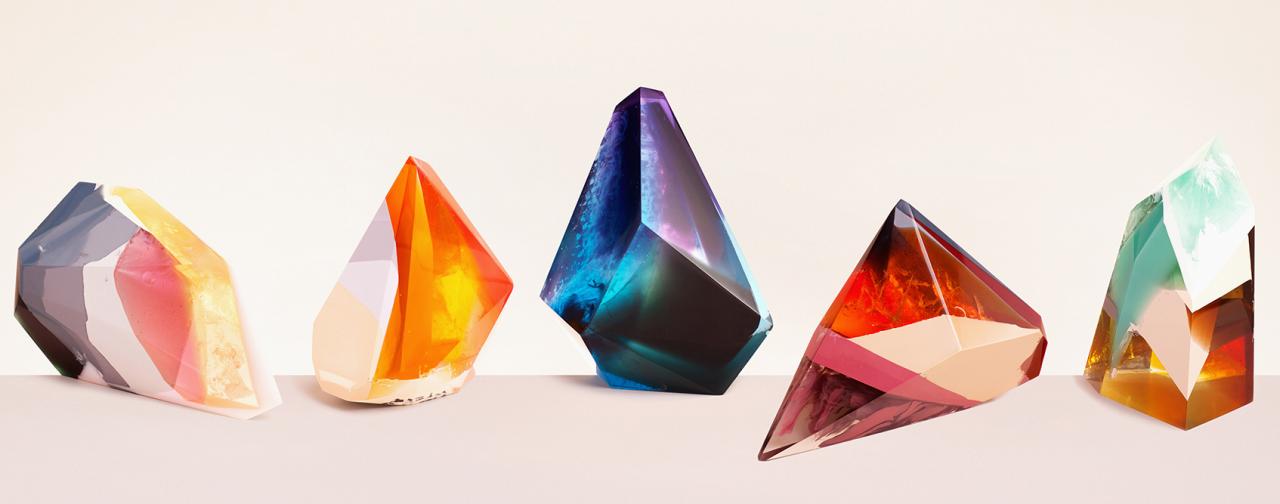When consumers shop for clothing, they judge the items of clothing both in a visual and tactile manner. This research shows that tactile evaluations (making an evaluation based on how the product feels) can be used as a peripheral cue in our decision process, which suggests that touch and the way something feels immediately influences us on an unconscious level. When a product doesn’t feel pleasant or doesn’t elicit a satisfactory feeling, the consumer may continue his search process elsewhere. Given that certain product characteristics such as softness, ruggedness, and weight can only be estimated correctly by touching the product, touch is, in this respect, a more important sense than vision. Once a product has drawn the attention of the consumer through its tactile characteristics, it is less likely that he will shift his attention to a competing product or brand. Products and items that feel pleasant are touched more often.
When (re)designing and fabricating products, designers should pay attention to the fact that tactile input can create preferences and form specific perceptions of the products for consumers. This also goes for larger elements, such as furniture, walls, fitting rooms etc. As with products, these should ideally be tested on the underlying message they convey to consumers. Studies indicate, for instance, that consumers are convinced that potato chips packaged in a bag that is hard to open (and thus are actually better wrapped) also taste “better”. Water also appears to taste “better” when it is served in a hard glass as opposed to a more fragile container.
Allowing consumers to touch products of a lower quality may have a negative impact on the product evaluations. On average, however, there are more advantages to having consumers touch products in a store, as stopping them from doing so may possibly diminish their buying intentions.
Jansson-Boyd, C. V. (2011). Touch matters: exploring the relationship between consumption and tactile interaction, Social Semiotics, 21(4), 531-546.


